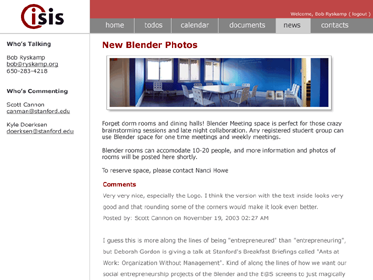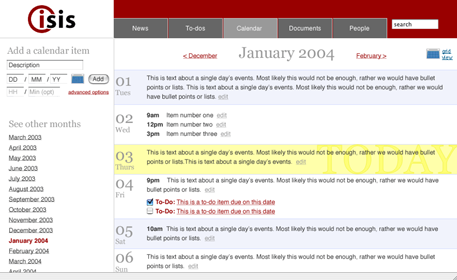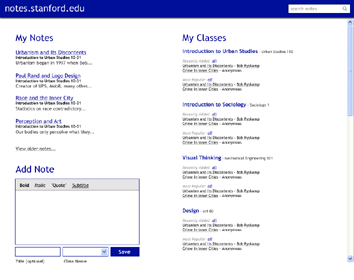Groups At Stanford




The Problem
Student groups at Stanford have extremely high turnover, with many groups losing 50% or more of their members each year. This prevents effective knowledge managment, and group members are forced to reinvent their processes nearly every year.
Similarly, many similar groups at Stanford are unaware of each others' existence, and miss out on possible opportunities to work together. There is no central directory of groups to facilitate this cooperation.
Finally, groups have difficulty working with Stanford administration, especially with legal, financial, and administrative duties. Room reservations, bank accounts, rules for groups, and other essential processes are decentralized and inefficient, which prevents effective group activity.
The Process
Interviews with student group leaders found that room reservation, banking, and administrative forms were the most difficult task they had related to running their group. They also mentioned difficulty with email as a communication medium, and demonstrated how they often used third-party tools to conduct polls, archive mailing list messages, and share digital files.
The Solution
I created a prototype website to address these concerns, which gave an intuitive and powerful interface to group members for these tasks. It ties into existing structures like email lists, instant messaging programs, and Stanford's SUNnet authentication network, and archives messages, publishes to-do lists, and uploads files for group sharing.
Groups At Stanford is currently being developed by ISIS team members and Stanford employees, and will launch this academic year.